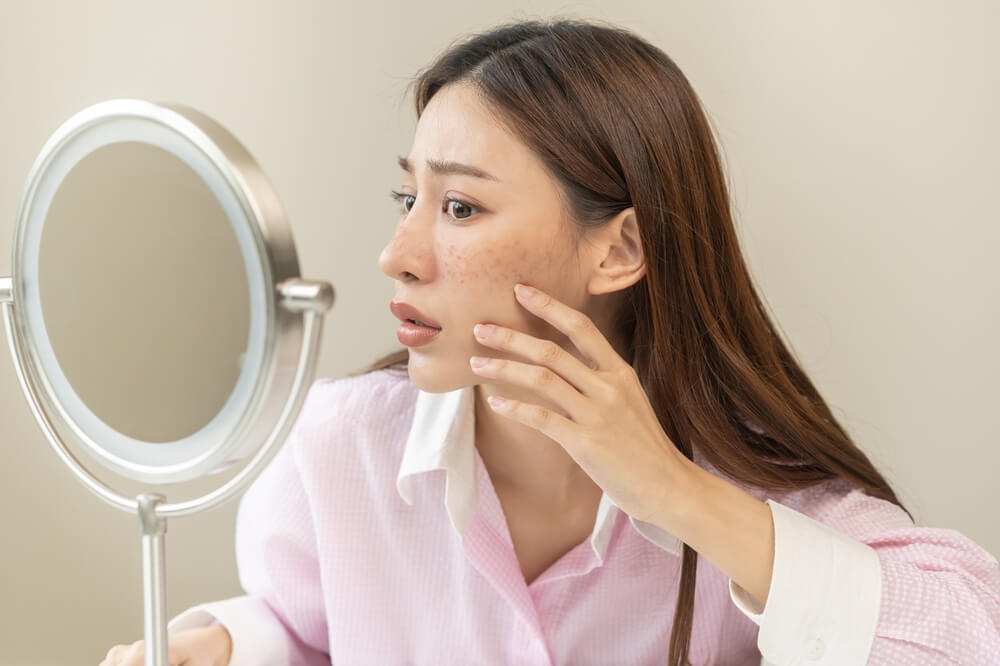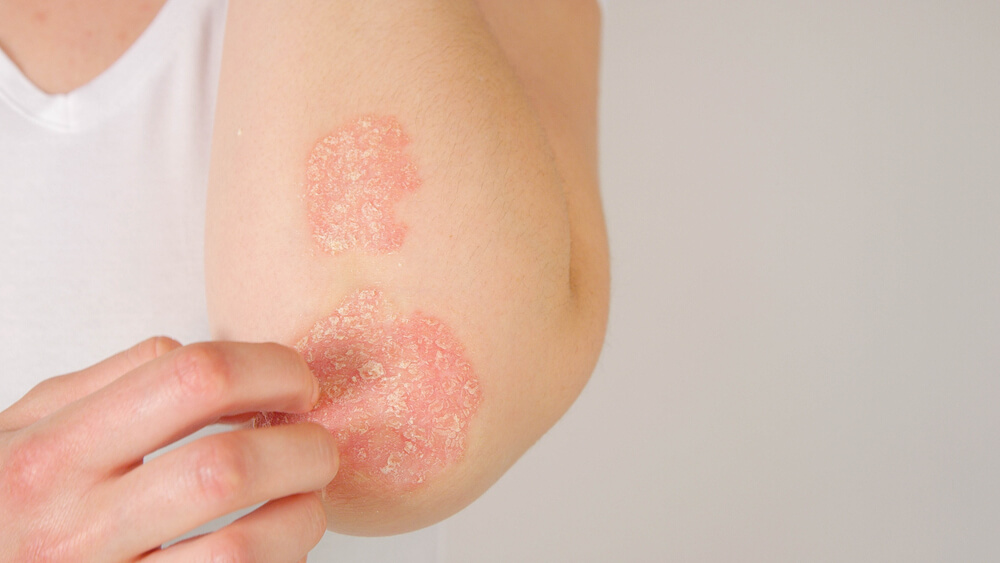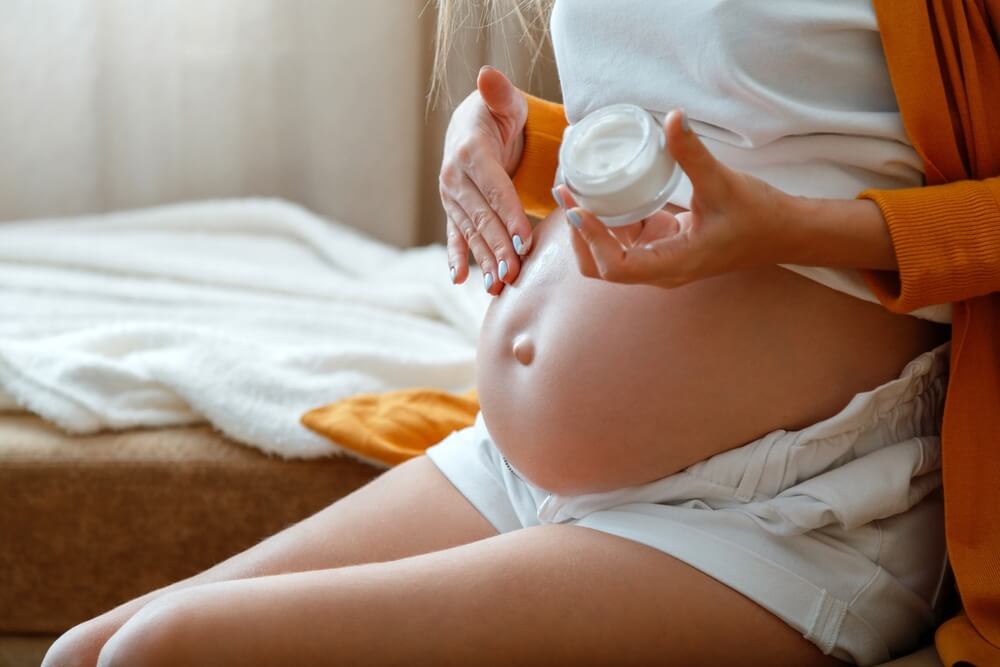When you’re pregnant, your body is bound to undergo several changes. Some of them are quite obvious, while others are not so. Also, several of those changes are internal, and some of the show is physical. On that note, skin conditions during pregnancy are also quite common, and several of them may arise when a woman is expecting. Fortunately, most of them will disappear after giving birth.
To give you a more in-depth look into the topic of pregnancy skin conditions, our experts in obstetrics and gynecology in South Miami, Florida, have come up with this comprehensive list of skin conditions during pregnancy that you should know about.
Types of Possible Skin Condition During Pregnancy
As mentioned, several of these skin conditions may develop during pregnancy, and most of them will disappear postpartum. The most prevalent skin changes may be broken down into three main classes:
- Hormone-related skin changes
- Pregnancy-specific conditions
- Preexisting skin conditions
Hormone-Related Skin Conditions
Most of the skin conditions women may develop during pregnancy are the result of specific hormonal changes the body undergoes during this period. Expecting women may see dramatic and sudden progesterone and estrogen increases, and other hormone levels may also fluctuate.
Some of the most prevalent hormone-related skin conditions are stria gravidarum (stretch marks), hyperpigmentation, vascular changes, and changes to the nails and hair.
Hyperpigmentation
Hyperpigmentation can be best defined as dark spots or patches that develop on the skin. The condition results from melanin increase and will usually go away after delivering the baby. Still, in some cases, the condition will linger for several years until disappearing completely. An excellent example of hyperpigmentation in pregnancy is the “pregnancy mask” or melasma, in which brown spots are on the woman’s face. The symptoms of melasma can be limited by reducing sun exposure while pregnant.

Changes to The Nails and Hair
These changes are also rather prevalent during pregnancy. Some will women will experience a decrease in hair production and growth, while others will see it increase. For the most part, women will experience excessive hair growth (hirsutism) in different bodily areas. The condition can be truly annoying, but there’s no associated harm with more profound hair growth on the face, stomach, arms, or other areas.
During pregnancy, nails also tend to grow a bit faster. Brittle nails, the separation of the nails from the nail bed, and brittle nails may also be common problems during pregnancy. Fortunately, many of these problems will go away after giving birth. Still, taking good care of your nails is highly recommended during pregnancy to reduce the severity of these problems.
Stria Gravidarum
Stretch marks are among the most common skin conditions during pregnancy, affecting around 80 percent of pregnant women.
The initial signs of the condition start with itchiness because the skin begins to get thinner. The condition isn’t harmful and shouldn’t be associated with other medical problems. Most commonly, the marks will appear on the upper thighs, the stomach, and breasts.
While stria gravidarum affects almost every pregnant woman, the marks turn to white or silver color after pregnancy, which makes them less noticeable.
Vascular Changes
Estrogen changes in the body may also trigger vascular changes during pregnancy. This may include the formation of spider gains, increased blood volume, or visible vein discoloration. Fortunately, most of these problems will also regress after delivery.
During pregnancy, blood plasma will also increase by nearly 40 to 50 percent, while the mass of red blood cells increases will by 20 to 30 percent.
Pregnancy-Specific Conditions
There are a few specific skin conditions that develop only in pregnant women.
PUPPP or Pruritic Urticarial Papules and Plaques of Pregnancy
This skin condition during pregnancy affects less than one percent of women, but it’s still the most prevalent skin change that’s pregnancy-specific. Also called pregnancy face rashes by some, the condition causes small raised spots that may grow into larger patches, resembling hive-like rashes. The condition can be excruciatingly itchy but will soon resolve following delivery.
Prurigo of Pregnancy or PP
PP or prurigo of pregnancy can happen during all trimesters, and it will develop in around one out of 300 cases. In some cases, prurigo during pregnancy may last for weeks or months. Still, it’s a benign pruritic papular rash and may be managed with antihistamines and topical steroids.
PF or Pruritic Folliculitis of Pregnancy
This condition is rather rare in pregnant women with unknown causes. The condition can be described as pustules and papules that develop first on the torso but can affect the entire body. Just like other pregnancy-specific skin conditions, PF will also go away after delivery. This skin problem usually happens during the second and third trimesters.
ICP or Intrahepatic Cholestasis of Pregnancy
This condition is most prevalent in the third trimester, and it impairs the release of bile from the liver cells, limiting liver function and causing itchiness in the soles of the feet and the pals of the hands. It may also spread to other body parts, but fortunately, it will disappear following delivery.
It’s important to know that ICP is associated with an elevated risk of premature delivery, intrauterine demise and meconium-stained amniotic fluid, so the condition needs to be monitored after diagnosis.
Preexisting Skin Conditions
Conditions such as atopic dermatitis, acne, or psoriasis may have unpredictable effects while expecting. For instance, acne may worsen throughout the first trimester and the second due to an increase in androgen hormones. These hormones may trigger skin growth which will produce more sebum. This oily substance may clog the pore, making breakouts worse.
Psoriasis, fortunately, will improve in most cases instead of worsening during pregnancy. Because the levels of progesterone rise in the body, they can dampen the immune response that’s responsible for triggering the condition’s symptoms. As a matter of fact, nearly 60 percent of women experience psoriasis symptom improvements during pregnancy.
Eczema, or atopic dermatitis, may also improve, but it can also worsen during pregnancy.

Other Changes Due To Pregnancy
Pregnant skin conditions aren’t the only ones women may have to deal with. A woman’s nutritional needs, body weight, and mental health will also change during pregnancy. To make sure that both the mother and the baby remain healthy, pregnant women must be responsible when it comes to nutrition, fitness, and weight.
If You Need Assistance
Without a doubt, skin changes may seem troubling if you’ve just found out that you’re pregnant. Still, there are several remedies you may try to ease any unwanted symptoms or itchiness. To learn more about managing these skin changes and to educate yourself about them in general, schedule an appointment with our experts today.


